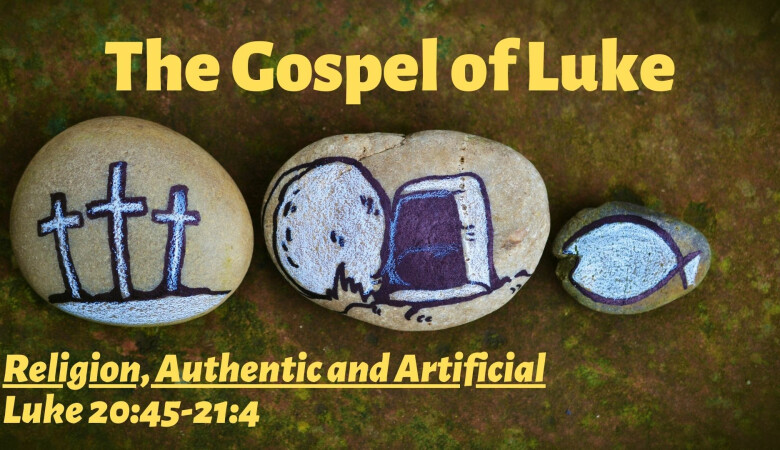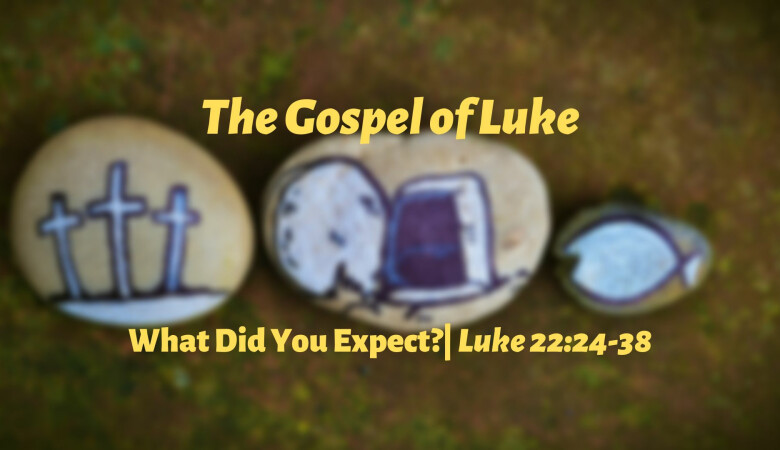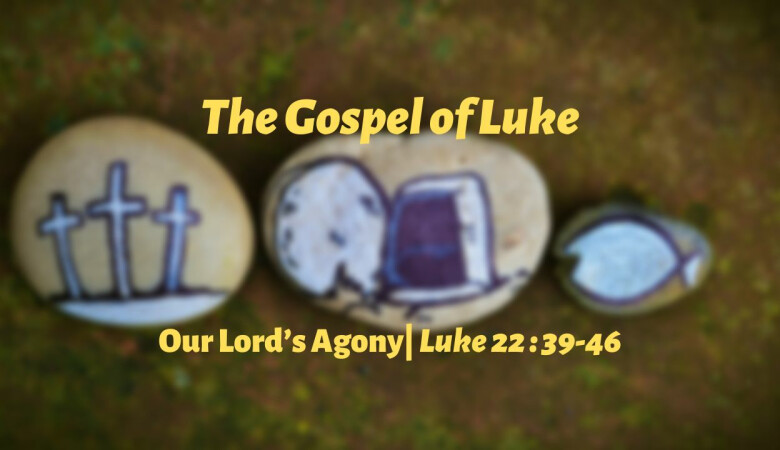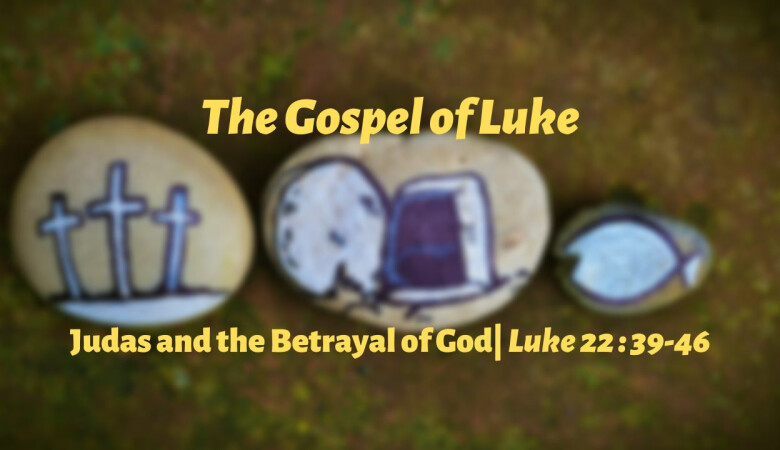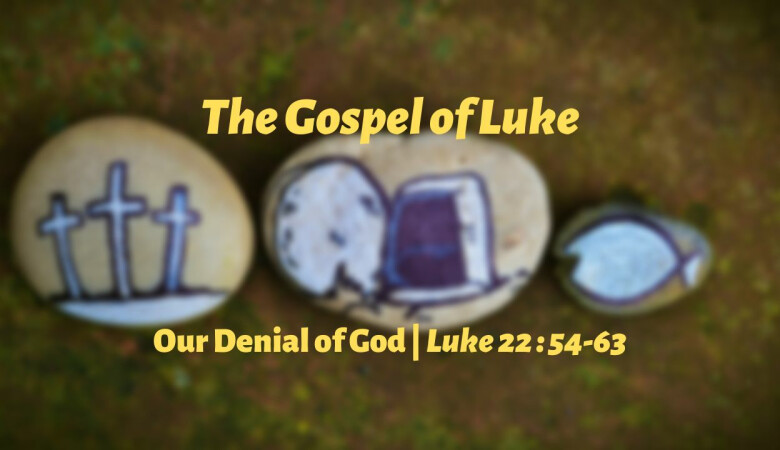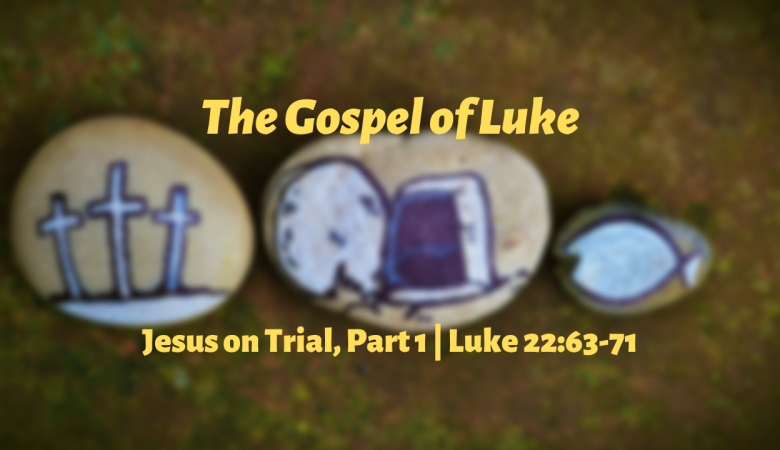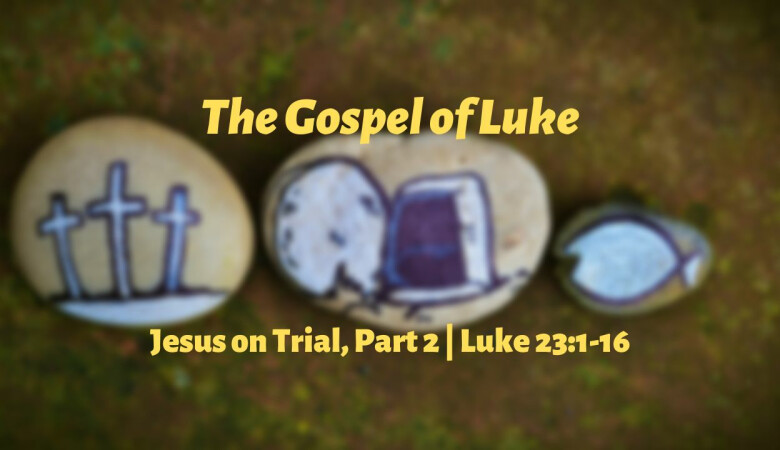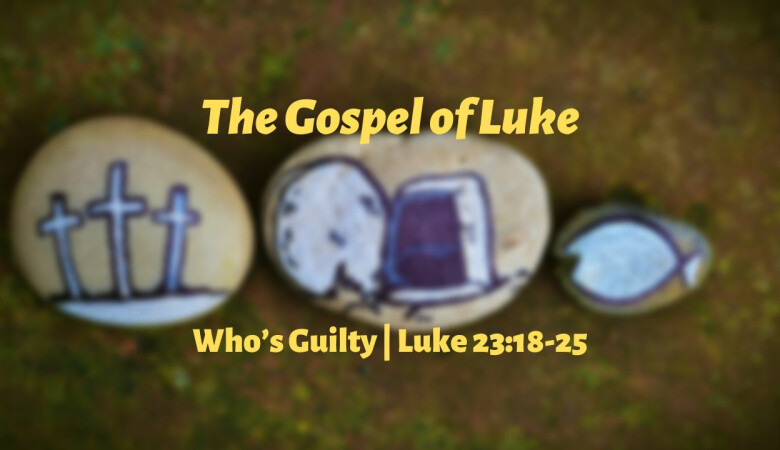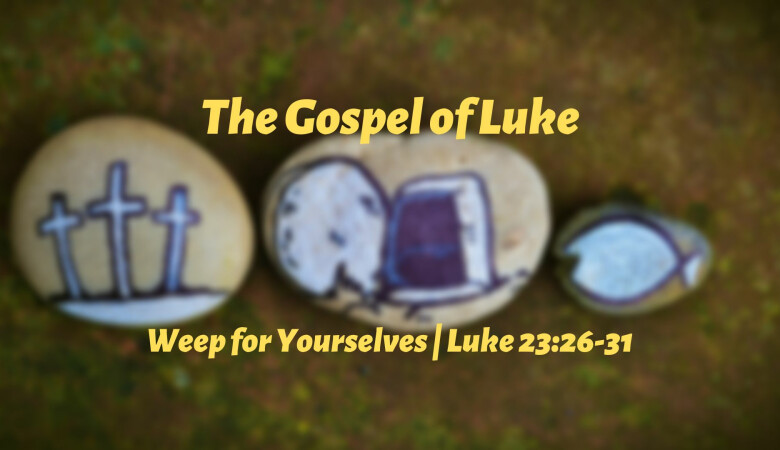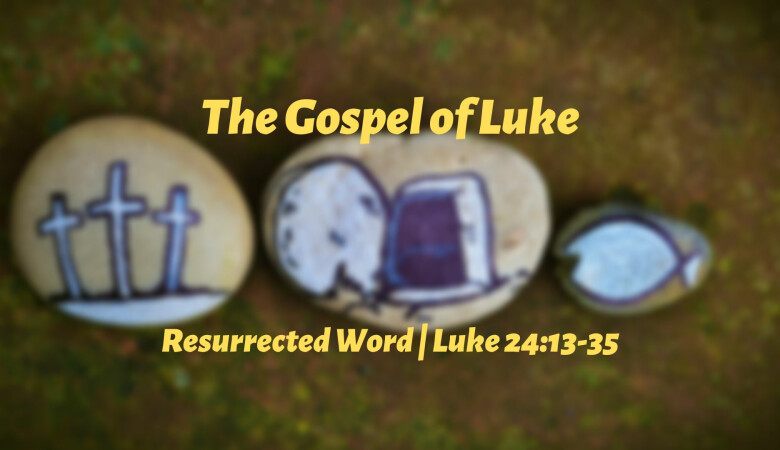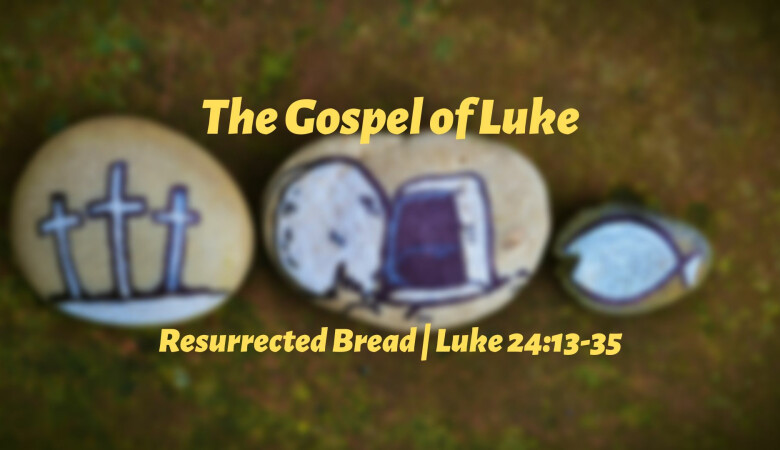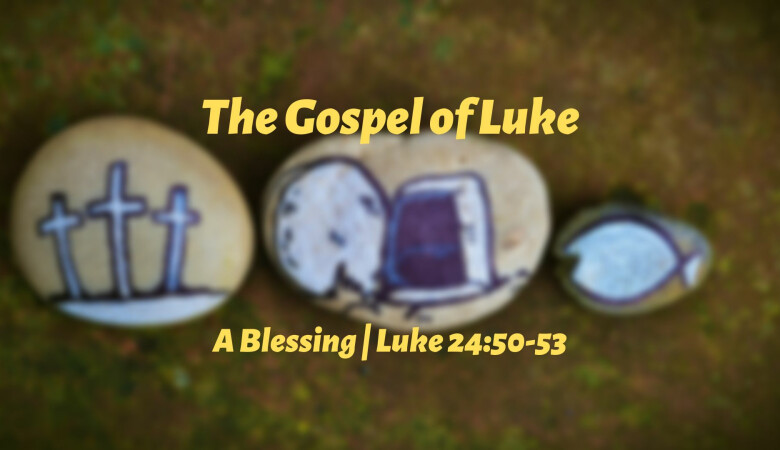Series: Luke
The Descending God
April 18, 2025 | Peter Rowan
Summary
The distinguishing mark of the Christian faith is that God comes down! He comes down as one of us in his incarnation. He comes down in time and space, speaking and acting in the world as one of us. He comes down lowly, not only in the manger but on the cross, the ultimate instrument of a lowly death. But he even goes down further. His body is taken down and is placed in the grave. And the Creed tells us "He descended into hell." And why? For us. For us and our salvation. He is The Descending God!
Transcript
Lord, we think of these accounts and these beautiful accounts and yet utterly tragic accounts of you on the cross, right there next to that thief. Lord, for us, your pain and your sorrow, your affliction, for the redemption of the world, for the forgiveness of sins. God, it's easy at times to rush to Sunday morning, but I pray that you would help us to be a people that sit in this reality of the suffering Savior. What sin did what you did for us? Lord, bless our time of meditation tonight. Amen.
At the heart of Christianity, at the heart of the Christian faith, is this idea of the descending God, the God who comes, God who goes down. In fact, you could say that that is the thing that distinguishes Christianity from certainly the other monotheistic religions, really, any other faith. That's the distinguishing thing going down of God. God comes down. And while that idea might be anathema, actually to some of these other religions, it is the heartbeat of Christianity.
God descending. Think in the incarnation of God, we have God's great affirmation of his world. Far from being a God who condemns physicality, God embraces it. Far from being a God who just looks from far off a galaxy far, far away, wherever he is up there, he's the God who comes near. Far from being a God who demands our praise and demands our homage, though of course, with all good reason to do so, he comes down lowly in a manger to shepherds, common folk, God descends.
And of course, actually, if you have been with us this year so far, we've been in the Gospel of Mark, and what we've seen already in the Gospel of Mark in Jesus ministry is that he comes down not just physically, in this idea of the incarnation of God, God truly in the flesh, but when he does so, he takes on time, space, and the dynamics of spirit and actions for that time and space. And so he speaks with the common language of his day, the common humanity of his day, seed and soil and fish farming and all of that kind of thing. A God who embraces, when he descends, the time and the space and the actions of this time and space, the people of that time. God descending in real physicality to real people. So when he descends, he comes down to the lowly in the manger, and he descends down into time and space.
But also we actually hear that he does this in some ways qualitatively too. Paul tells us in Second Corinthians, do I need new batteries? Am I kind of breaking up? Probably do. I'm going to keep going, and then maybe I'll have to stop for this.
What we're told is that though he was rich, yet for our sake he becomes poor. It just seems to be the constant dynamic. If we look at Christ, what we see is the descending God, the God who is high up and who embraces the lowly place. Of course we come to the cross. It's not a grand death. What did we just hear? It's a criminal's death. It's actually so lowly and disgusting kind of way to die that Roman citizens weren't allowed to die that way. For the lowest of the low. God coming down. God descending. I'm going to take a quick break from this short homily. I'd rather pause and make sure you're able to hear me later on. Then keep going.
Dad doesn't know this, but some of you know Ted Prescott, so he didn't know I was going to mention this, but some of you know his work, his life size piece that depicts the descent of Christ from the cross. It's actually just titled Descent from the Cross. It's currently at the Museum of the bible down in D.C. and I know some of you have had the opportunity to go see that and it's part of this larger exhibition of these images of the descent of God, the God coming down. But in this time, God coming down from death, he died being lowered down. The emphasis in these pieces is not the descent in Christ's incarnation and it's not the emphasis of Christ's descent in his taking on the physicality of time and place. It's not even the descent of Christ in how he died this lowly kind of death, but in the fact that he died so much that others had to actually take him down further as a family.
We went down and saw this exhibit a few weeks ago and a few things, a couple things stood out to me both in Ted's piece and in these other depictions of the descent of Jesus. There are often quite a few people around, five to eight people or so standing around or helping lower the very body of our Lord. Part of what I read was that it was common to depict these different people coming together to carry the body of Christ down. And you think actually some of the texts we're reading tonight mention some of those people. Joseph of Arimathea, actually hear of him in a couple days. Wealthy, well connected, able, getting the ear of Pilate, Nicodemus, sometimes a Roman soldier, the Marys, Mary Magdalene and Mary the mother of Jesus, the disciple John, These kinds of folk and they're all varied, right? You Think of those different people. They're different ages and their different experiences, their different knowledge of the Lord. Some committed, some questioning, some just coming to terms with the fact that this one who died is the son of God. Some doubting real people, really different kinds of people. The wealthy and the poor and the enemies and the loved ones and the really religious, the nicodemuses and the not so religious, the soldiers, those wondering.
Another thing that I noticed, and this is actually very pronounced in Ted's piece, but in others also, is that so often the people in these pieces of art are. Are not often actually depicted as though they were living in the ancient near east with the garb of the ancient near east, with the beards and the facial structure and all of that. Instead, they fit the time and the context of the artist. So Albrecht Durer's descent has people largely clothed with what you'd expect, like 16th century German art, Van der Weyden's folk in his great painting, they're all wearing what you'd expect from a Dutch, like, Renaissance kind of painter. Bright reds, greens and things like that. Ted's piece was made in the 1980s here in Pennsylvania. It fits.
Friends, this is what I'm saying. This is how it should be. Why? Why? Because we believe that the ultimate descent of Christ, which is not his incarnation into the manger or his speech among the farmers and the fishermen of his day, but in his death on a Roman cross, is for us today he descends. He descends for 15th century Holland, for 16th century Germany, for 21st century Harrisburg. This is what we proclaim, that the death of Christ long ago on that lowly Roman cross, is the descent of God. For us, for you and for me, this is the ultimate descent. Him going down not just to this earth, but to the depths and to death itself, paying the reality of sin conquering Satan. No, for you and for me.
Which is to say, if you really want to wrestle with religion, comparative religion, what are the different gods like? What are the different religions say? No doubt you have heard, as I have, they're largely probably talking about the same deity. When it all comes down to it. They're all sort of touching the same elephant, saying, oh, he's like a tree trunk grabbing his leg, like a great wall touching his side. That's absurd. That's crazy. Because Christianity alone says that God keeps going down. The only religion that says this, and it's right at this unique thing of Christianity that is the hope of the world. God continuing to go down, down, down, giving of himself, giving of his very life descending to the tomb for us. God expiring on the cross for us. God being taken down from the cross for us. God being put in the tomb for us.
Here's where I'm going. And this is. I'll end simply with this. It is on. It is in the descent of Christ. It is in the stopped heartbeat of Christ. That is the heartbeat of the good news. God going low for you today. Amen.
Series Information
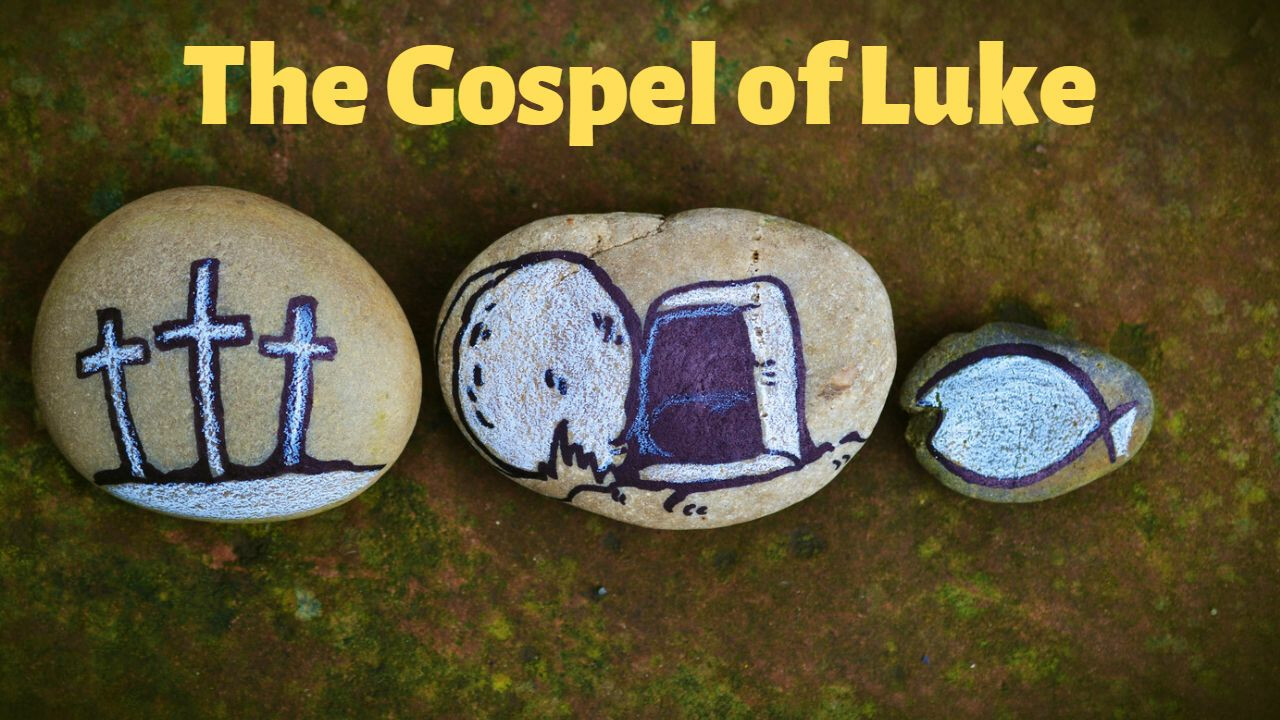
The Gospel of Luke is best described by its author in the first four verses of the book: "Many have undertaken to draw up an account of the things that have been fulfilled among us, just as they were handed down to us by those who from the first were eyewitnesses and servants of the word. With this in mind, since I myself have carefully investigated everything from the beginning, I too decided to write an orderly account for you, most excellent Theophilus, so that you may know the certainty of the things you have been taught."


